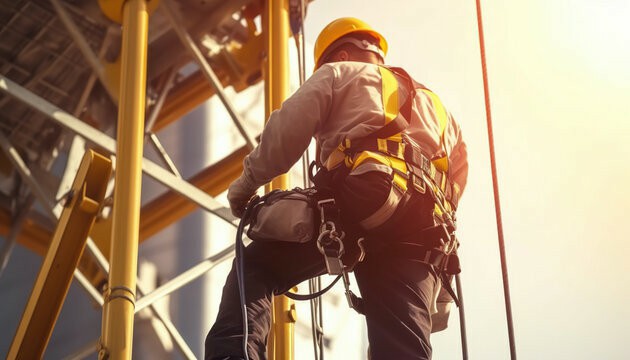


 349,500 Offered Certificates
349,500 Offered Certificates
 24/7 Online Training
24/7 Online Training
 Money Back Guarantee
Money Back Guarantee
 Fully Accredited Courses
Fully Accredited Courses

Created at: 22-02-2025 16:25
When it comes to working at heights, safety is paramount. Engaging in tasks that demand elevation introduces various hazards, making risk assessments crucial in preventing accidents and ensuring compliance with safety standards. In this guide, we'll explore the best practices for conducting thorough risk assessments, detailing step-by-step procedures, common risk factors, and how training equips workers to effectively identify and address hazards.
Risk assessments are foundational to workplace safety, especially when it involves working at heights. They serve multiple purposes:
To effectively conduct a risk assessment for working at heights, follow these structured steps:
The first step in risk assessment is to identify potential hazards. Consider the following:
Once hazards are identified, evaluate the risks associated with each. Ask the following:
Control measures should be developed to mitigate identified risks. Effective strategies may include:
After implementing control measures, ongoing monitoring and review are necessary to ensure continued effectiveness:
When conducting risk assessments, be aware of common risk factors:
Working at Heights training is pivotal in ensuring that workers know how to identify hazards and assess risks effectively. Comprehensive training enables employees to:
Companies that prioritize risk assessments have reported significant improvements in safety performance. For instance, a construction firm in Dublin observed a 40% decrease in fall-related incidents after implementing rigorous incident reviews and a robust training program.
Conducting effective risk assessments for working at heights is essential in minimizing hazards and safeguarding employees. Implementing structured procedures and emphasizing the importance of working at heights safety training lays the foundation for a culture of safety. Businesses should integrate risk assessment protocols into their workplace safety plans today.
Are you ready to ensure a safer working environment? Enroll in our Working at Heights Course and equip your team with the knowledge necessary for safe operations. For inquiries, contact us at [email protected].